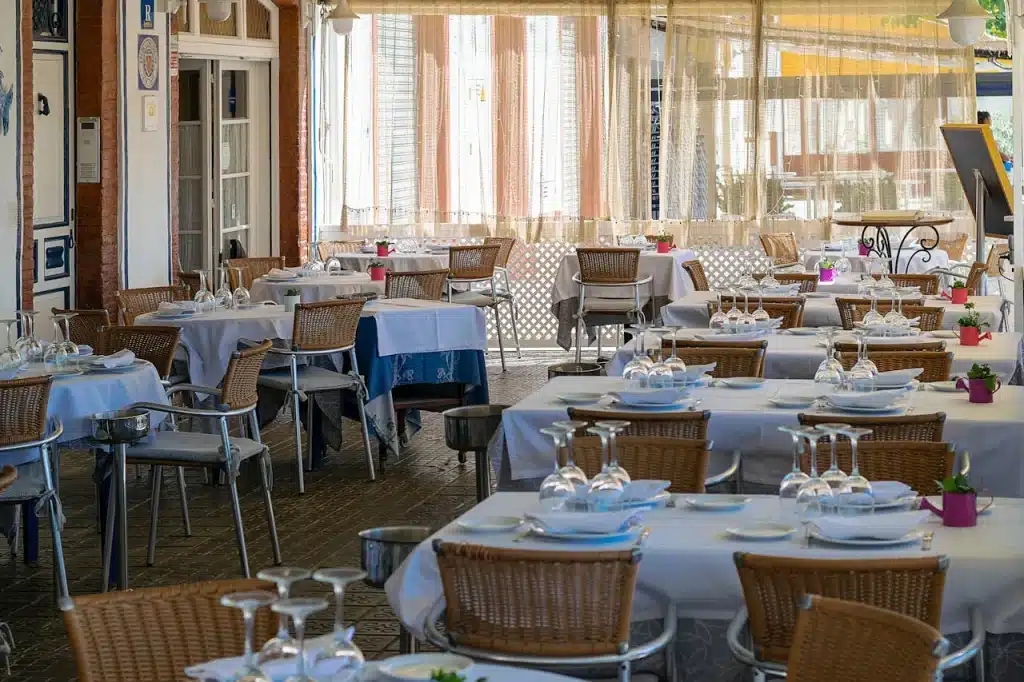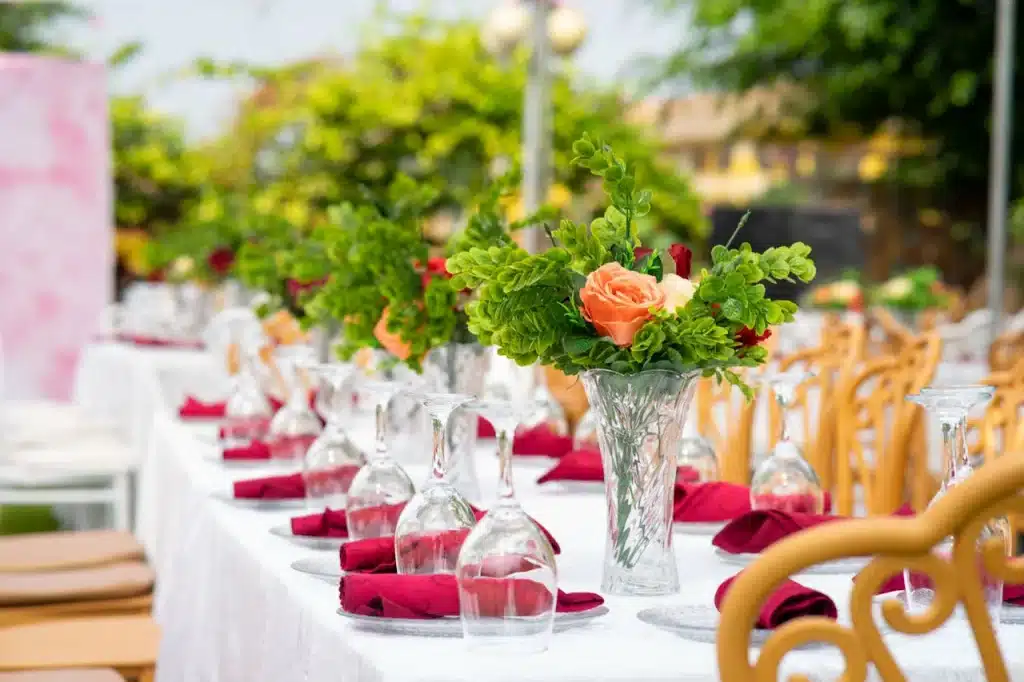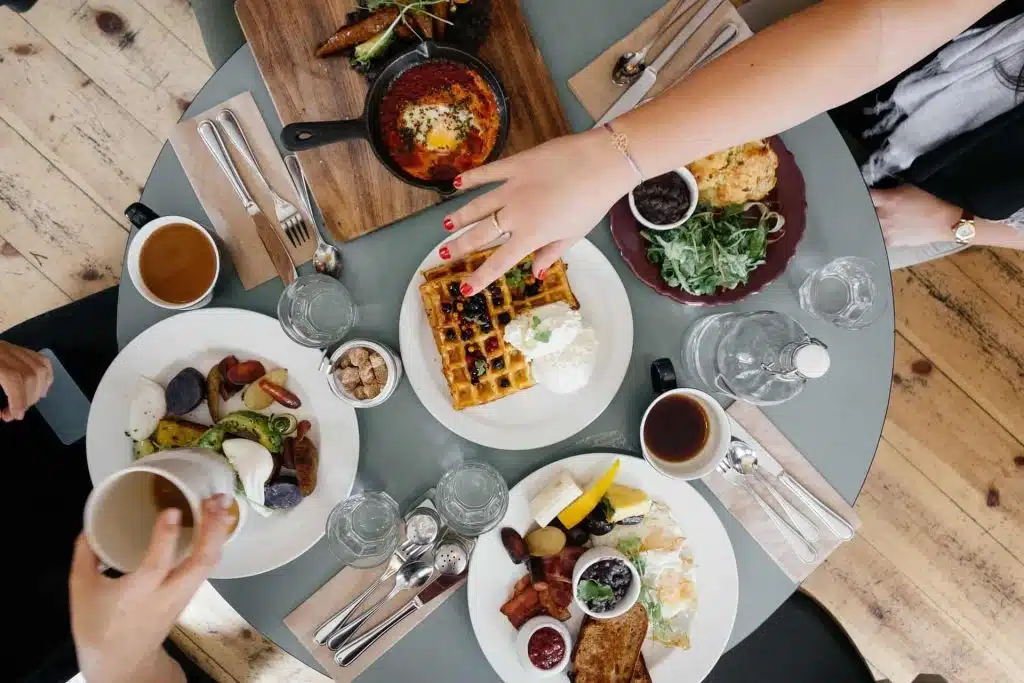Table manners and dining etiquette are essential skills that enhance social interactions during meals. They reflect respect for oneself and others, contributing to a pleasant dining atmosphere. This article explores various aspects of table manners, from basic rules to more nuanced practices.
The Importance of Table Manners
- Social Interaction: Good table manners facilitate smoother interactions among guests, making everyone feel comfortable.
- Cultural Significance: Different cultures have unique dining etiquettes, which can foster appreciation and understanding among diverse groups.
- Professionalism: In business settings, proper etiquette can influence perceptions and outcomes during meals.
Basic Table Manners
- Chew with Your Mouth Closed: This fundamental rule prevents unpleasant sights and sounds while eating, promoting a more enjoyable experience for all.
- Use Utensils Properly: Hold your fork in your left hand and knife in your right, especially in formal settings.
- Napkin Etiquette: Place the napkin on your lap upon seating; it should be used to dab your lips or hands discreetly.
Setting the Table
- Understanding Place Settings: Familiarize yourself with the layout of utensils and dishes. Use the outside utensils first, working inward as courses are served.
- Bread and Drink Positioning: Remember that the bread plate is on the left and the drink glass is on the right, which can be remembered using the “b” for bread and “d” for drink technique.
Seating Arrangements
- Guest Seating: As a host, offer the best seats to guests, particularly those of honor. Guests should wait for the host to indicate where to sit.
- Posture at the Table: Sit up straight without slouching or leaning back against the chair; keep elbows off the table while eating.
Eating Etiquette
- When to Start Eating: Wait until everyone at a small table has been served before beginning to eat; at formal gatherings, wait for the host’s cue.
- Pacing Yourself: Eat at a moderate pace, allowing time for conversation between bites.
Handling Food
- Cutting Food: Cut only one piece of food at a time rather than cutting everything before starting to eat.
- Passing Food: Pass food items to your neighbors rather than reaching across the table.
Conversation at the Table
- Engaging in Dialogue: Maintain light conversation during meals; avoid controversial topics that may make others uncomfortable.
- Avoiding Distractions: Keep smartphones off the table and set to silent mode to minimize distractions during meals.
Special Occasions
- Formal Dining: In formal settings, follow specific protocols such as waiting for the host to start eating or using designated utensils for each course.
- Buffet Etiquette: When dining buffet-style, take only what you can eat and avoid overcrowding your plate.
Cultural Variations
- Regional Differences: Be aware of cultural differences in dining etiquette; what is acceptable in one culture may be frowned upon in another.
- Adaptability: Adjust your behavior based on the setting—formal dinners may require stricter adherence to etiquette than casual gatherings.
Advanced Etiquette
- Wine Service: If wine is served, wait for the host to pour before filling your glass; sip slowly and engage in conversation rather than focusing solely on drinking.
- Dessert Protocols: When dessert is served, use appropriate utensils and avoid excessive noise while enjoying it
Conclusion
- Practice Makes Perfect: Regular practice of table manners can help develop confidence in social situations.
- Etiquette Resources: Consider attending workshops or reading books on etiquette to enhance your knowledge further.
- Feedback from Others: Seek constructive feedback from friends or family regarding your table manners.
Final Thoughts
- Respect and Consideration: Ultimately, good table manners are about showing respect for yourself and those around you.
- Lifelong Skills: Mastering dining etiquette is a valuable life skill that will serve you well in personal and professional settings.
- Enjoyment of Meals: Good manners contribute not only to decorum but also enhance the overall enjoyment of shared meals.
- Culinary Appreciation: Understanding how to conduct oneself at the table can deepen appreciation for culinary experiences.
- Continued Learning: As dining trends evolve, staying informed about current etiquette practices ensures you remain adept in various social situations.
By mastering these aspects of table manners and dining etiquette, individuals can navigate social gatherings with confidence and grace, fostering positive interactions with others around them.









